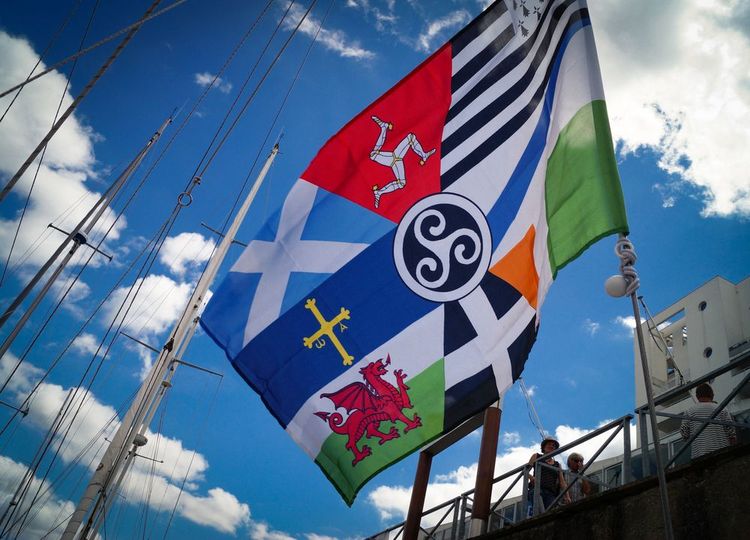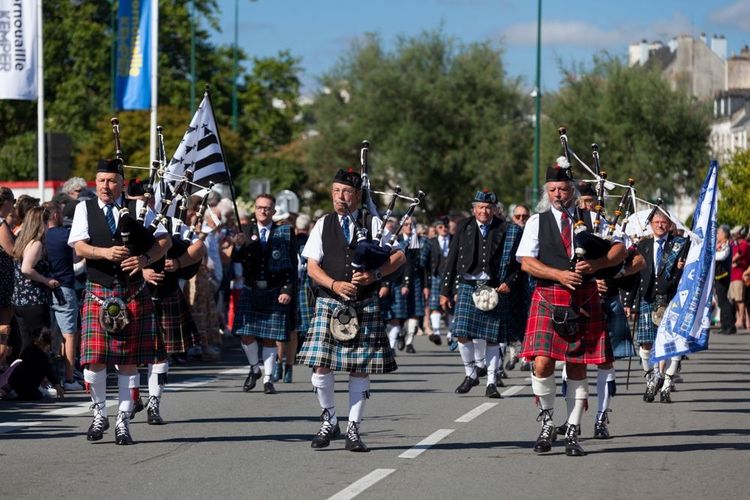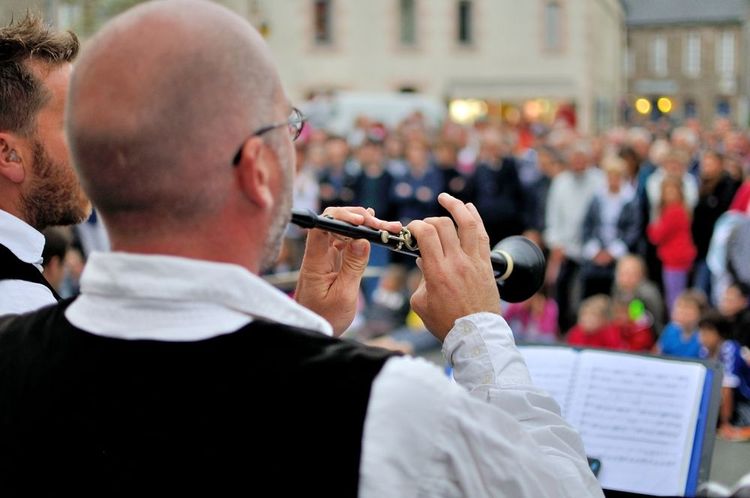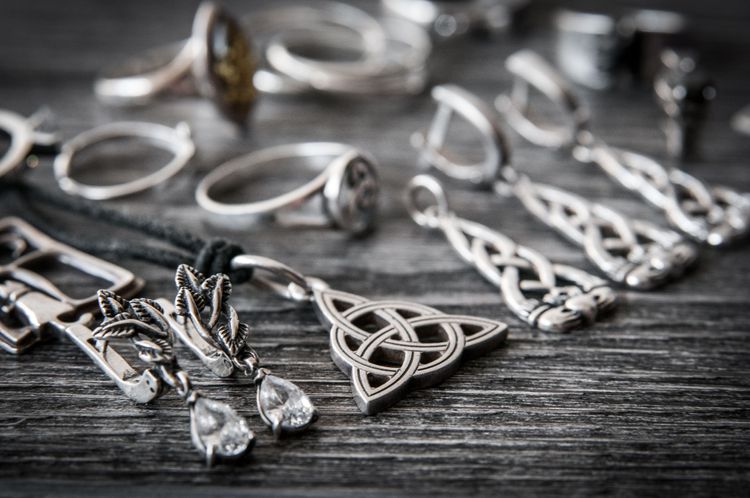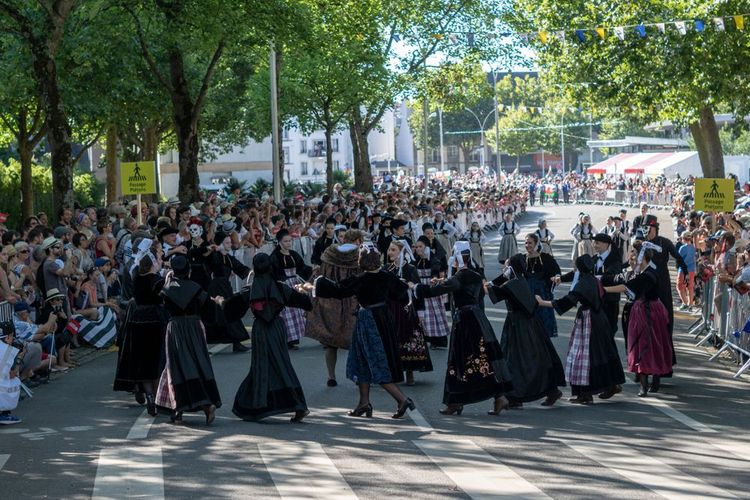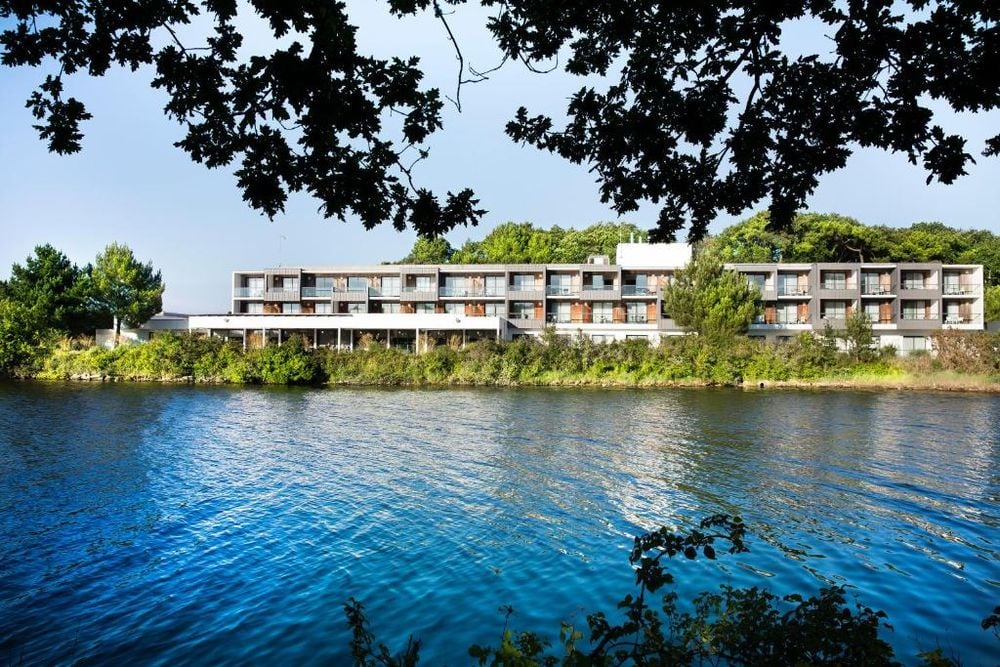Welcoming no fewer than 750,000 spectators every year, the Festival Interceltique de Lorient (commonly known as FIL) is the biggest Breton festival in France. Taking over the whole city and promoting all forms of Celtic music (from ancient songs to folk, rock, jazz and symphonic works), it brings together 11 nations, including Scotland, Ireland, Wales, Cornwall, the Isle of Man, Galicia, Asturias, Brittany, the United States, Acadia in Canada and Australia. The event lasts 10 days. Ten days of non-stop entertainment. 450,000 artists come together to show visitors the vibrancy and richness of Celtic culture. Each year, one of the 11 nations takes centre stage, with its colours filling the city and stamping the beer cups. The Festival is made up of both an official programme and an off-festival featuring amateur and professional musicians who take over the streets and bar terraces to create an atmosphere of continuous celebration.
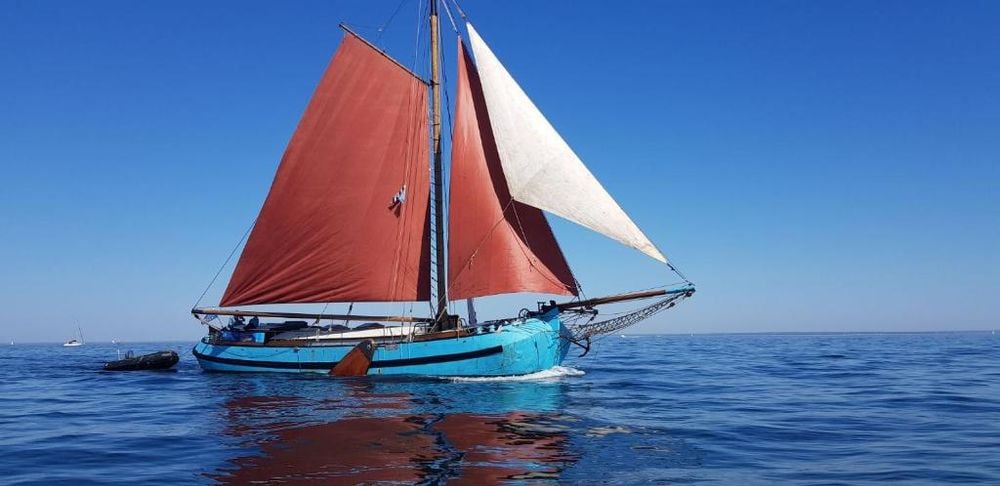 Morbihan
Morbihan
